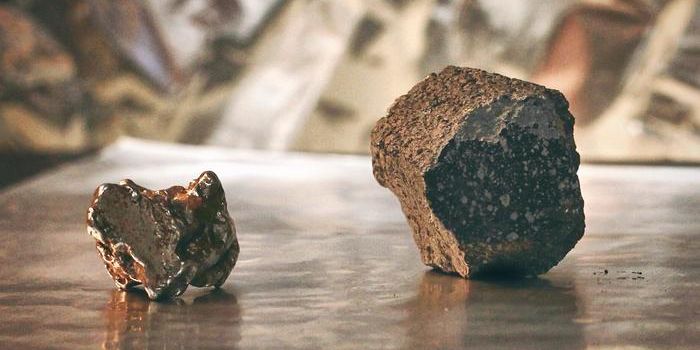Hubble Snaps Gorgeous Photo for 30th Anniversary
The Hubble Space Telescope surpassed its 30th year in space on Friday, April 24th. Being that it’s one of the most useful space-based observatories orbiting the Earth today, it may not come off as much of a surprise to anyone that NASA is celebrating this considerable milestone in a big way.
In an effort to make Hubble’s 30-year anniversary a memorable one, the American space agency commanded the space telescope to snag a never-before-seen view of two breathtakingly colorful nebulas residing in a nearby satellite galaxy to our own milky way. These nebulas, dubbed NGC 2020 and NGC 2014, appear both blue and red in the imagery.
At the center of these nebulas are stellar nurseries comprised of bright stars that are believed to be up to ten times more massive than our Sun. The radiation emitted by these stars causes the surrounding gas in nearby outer space to glow – the oxygen gas, for example, glows blue when heated to nearly 20,000º Fahrenheit, while hydrogen and nitrogen gas glows a bright red.
This kind of exquisite detail could only be possible from outer space, as Earth’s atmosphere tends to obscure our view of the cosmos. Through its deep fields, the Hubble Space Telescope has enabled astronomers to peer across billions of light-years of space to look at even some of the most distant objects known to exist.
Hubble’s accomplishments cannot be overstated. It will be interesting to see how the how its successor, the James Webb Space Telescope, performs as Hubble passes down the torch to an even more powerful space telescope that will help us view the universe in a new light.








